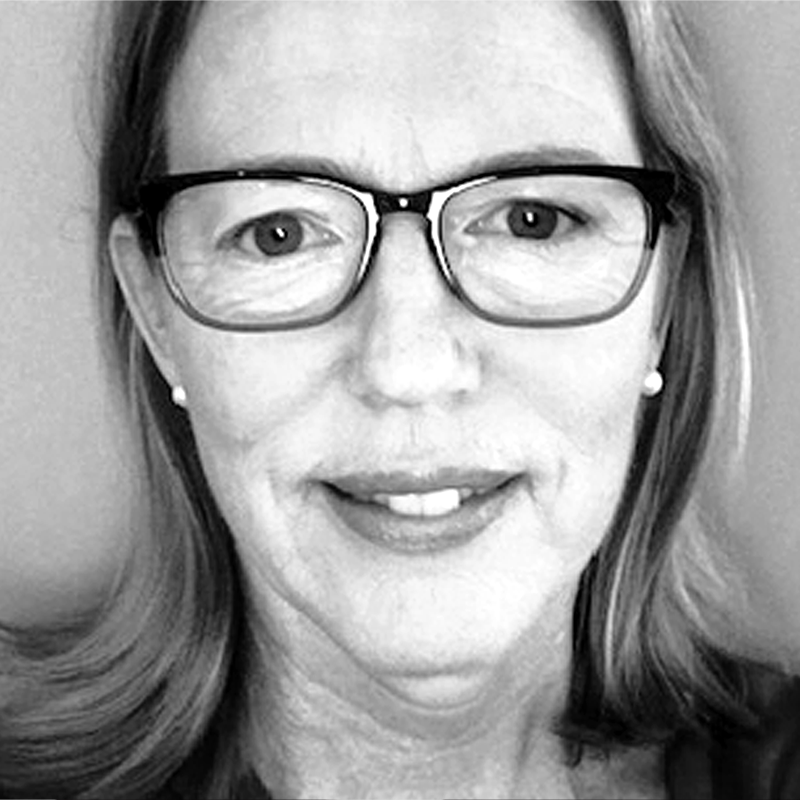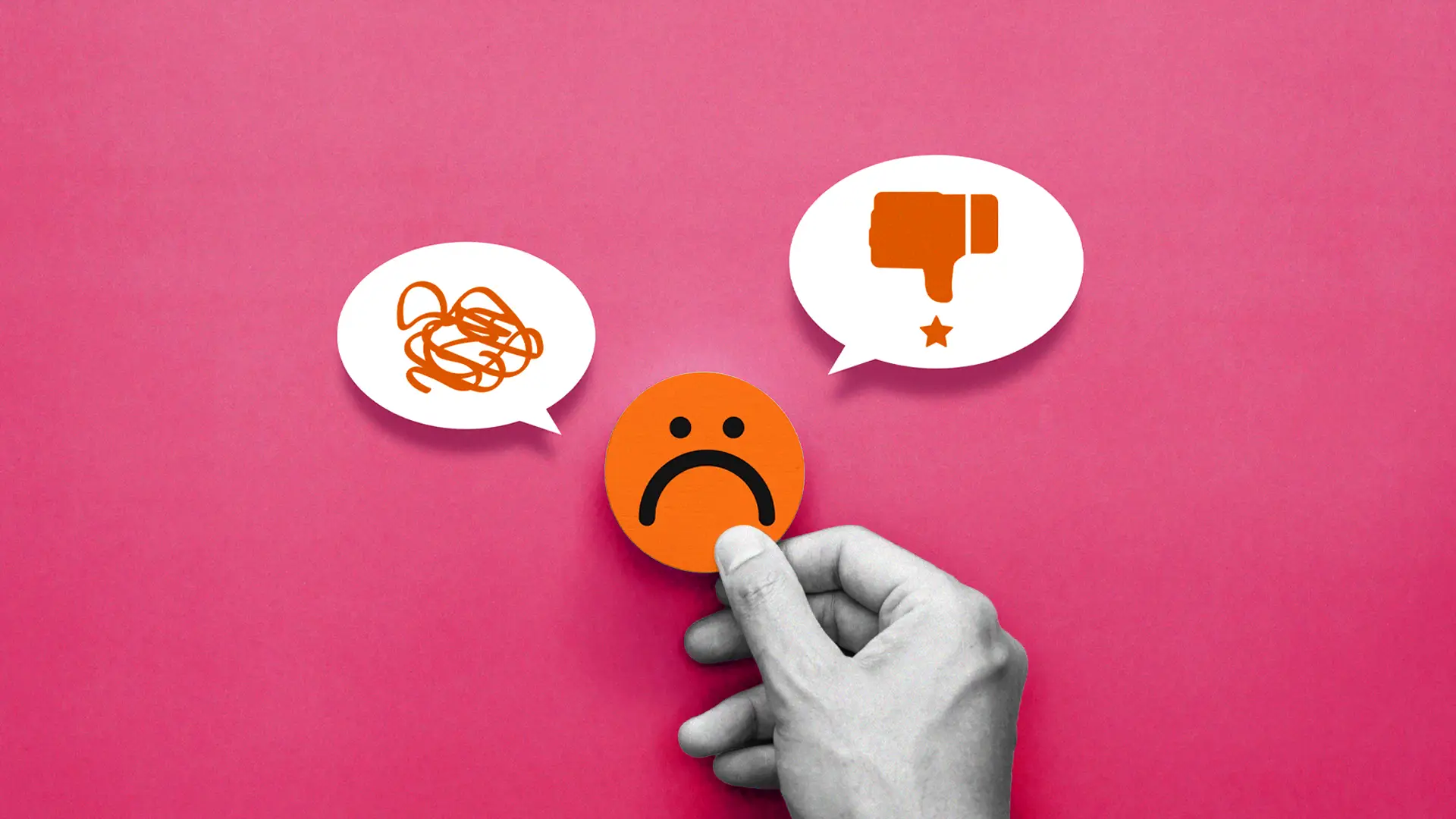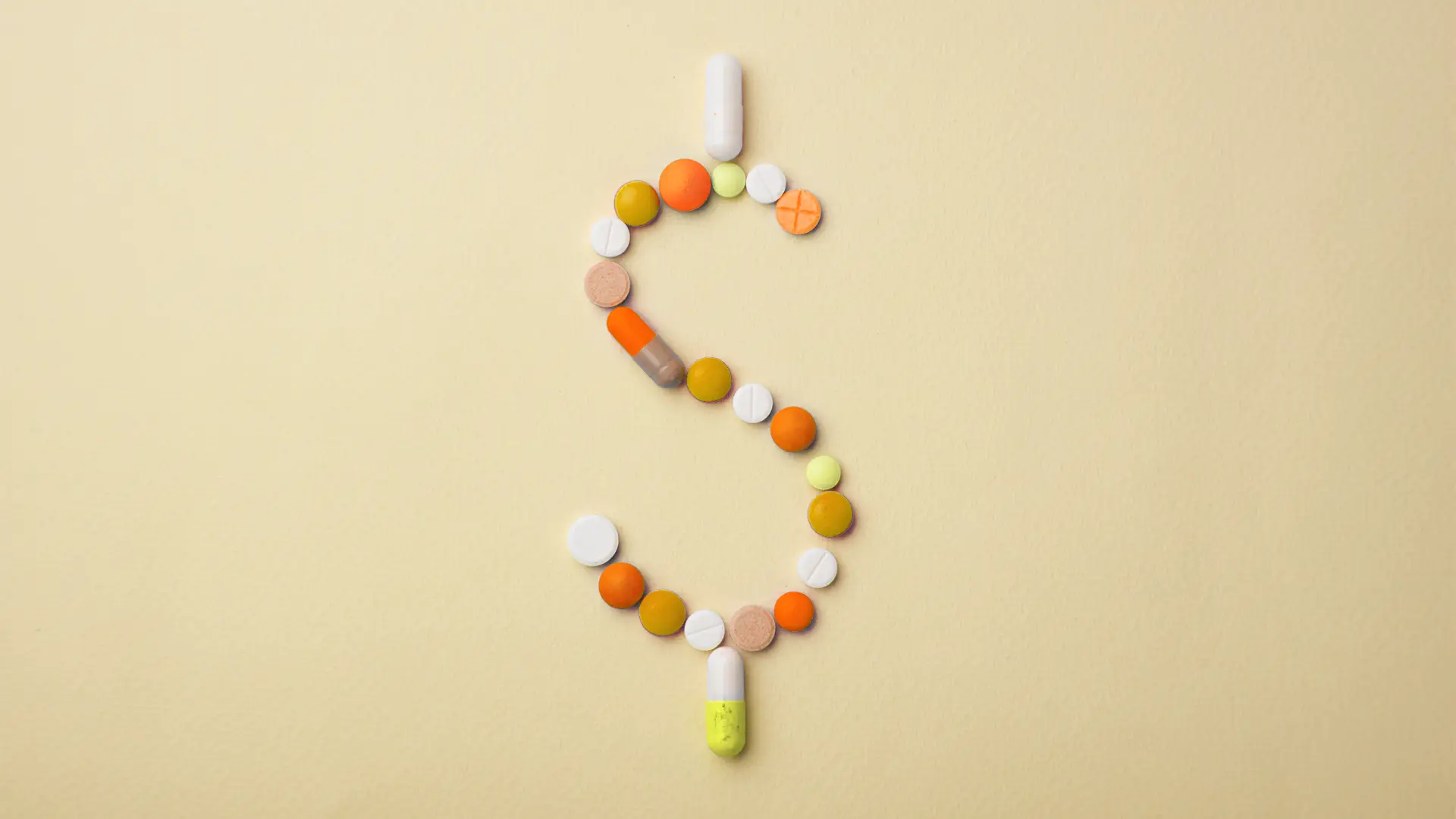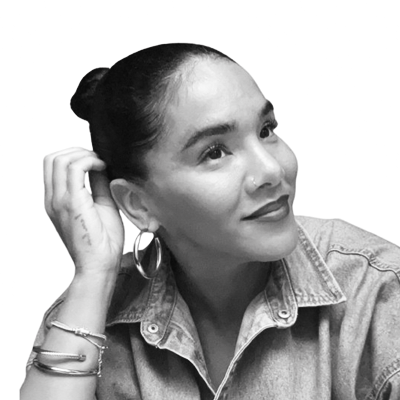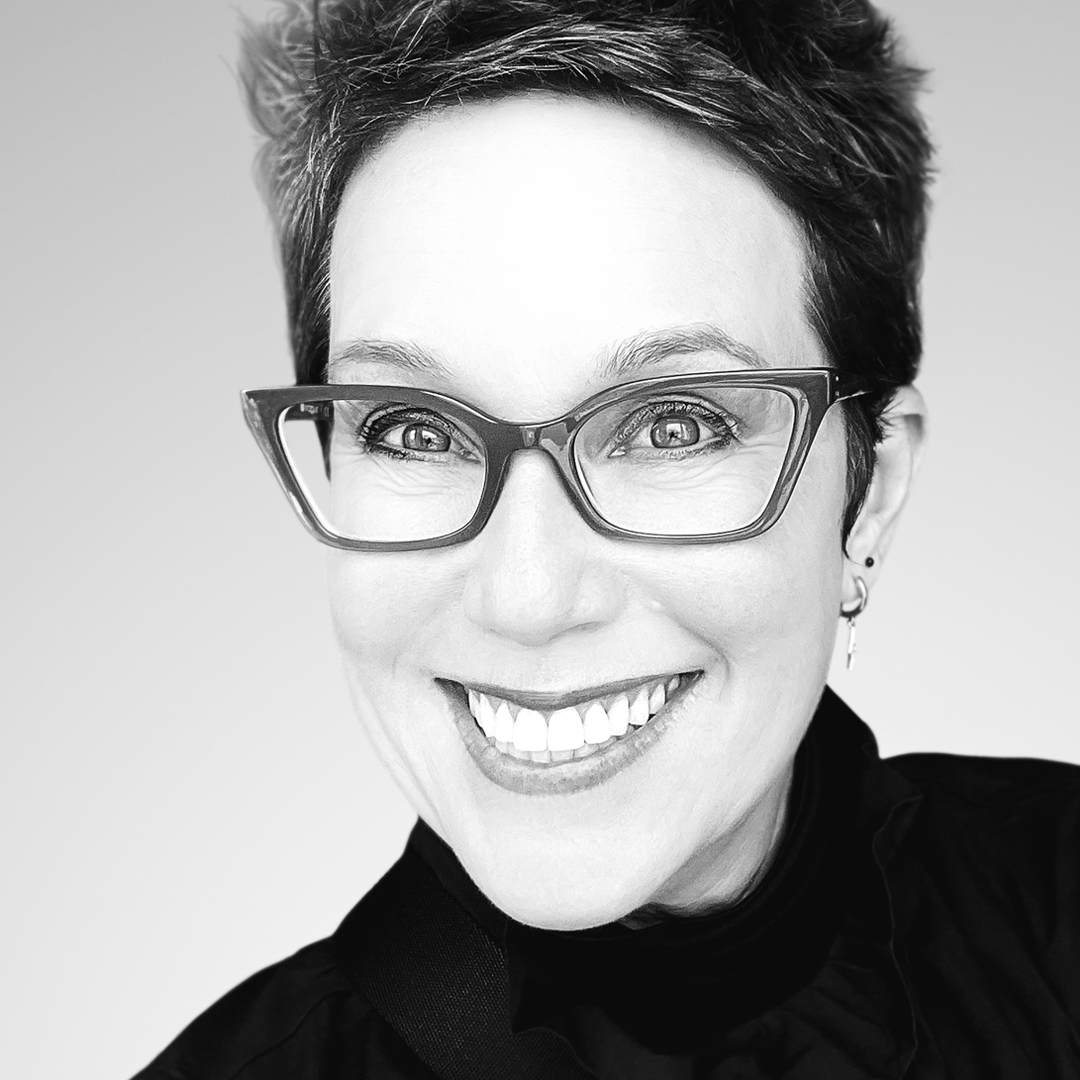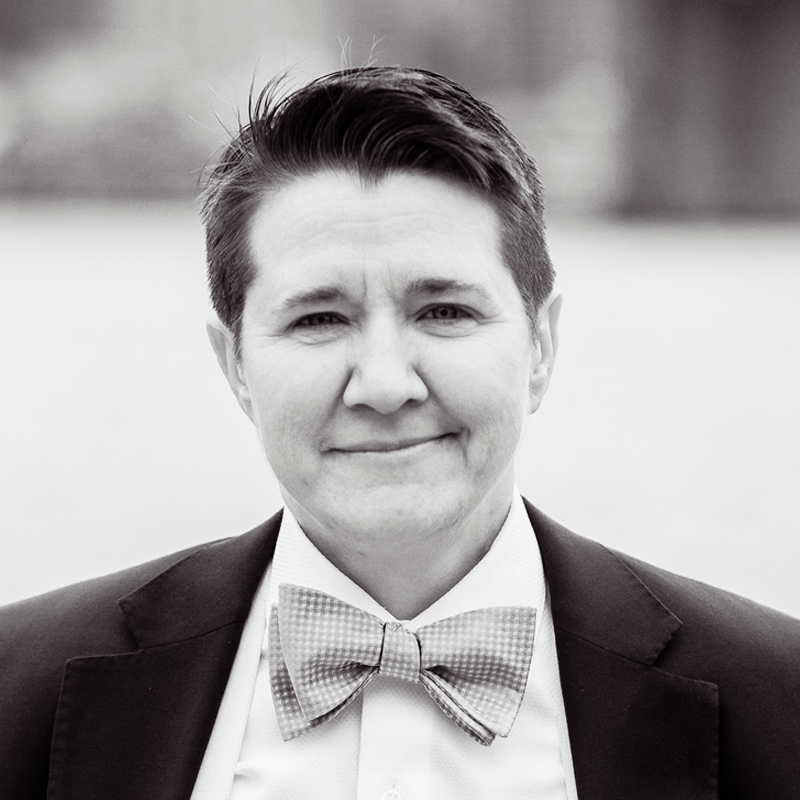Key Takeaways
- Rise of patient influencers: Social media has shifted pharmaceutical marketing from celebrity endorsements to patient influencers, who share personal stories and engage with smaller yet more relevant audiences on platforms like TikTok, Instagram, and YouTube.
- Growing impact of health content on social media: A significant portion of consumers (70%) actively follow or search for health-related accounts on social media, and 93% take action, such as booking doctor appointments, based on the content they consume.
- Ethical concerns and regulatory challenges: The increasing partnerships between pharma companies and patient influencers have raised concerns about misinformation and the lack of clear FDA regulations for sponsored health content on social media.
- Shift in consumer trust: Consumers now prefer authentic, relatable health stories from real patients rather than scripted marketing, signaling the importance of transparency and sincerity in pharmaceutical advertising.
Listen: How pharma influencer marketing can bring new authenticity.
Authenticity is not a new term for pharmaceutical marketers. But it is taking on new meaning in today’s landscape. The days of well-known celebrity spokespeople promoting pharma products are being replaced by real patients who’ve built their own digital presence and social community followings. The size of their audiences, or their reach, is smaller than that of well-known personalities with millions of followers, but their connections are more relevant and personal.
Consumers today prefer authentic, real stories over scripted collaborations. And the home for those authentic connections? Social media channels like TikTok, Instagram, Facebook, and YouTube.
Of course, the vast majority of Americans are already active on social channels, engaging with health content. Seven out of 10 people follow or search for health-related social media accounts, and 93% of those who follow or search for health accounts have taken some kind of action, such as scheduling a doctor’s appointment, after consuming the content, according to a study last year from Ogilvy.
It’s impossible to put a number on exactly how many patient influencers are on social media, but there are an estimated 127 million influencers of all types on social media, according to StoryBox data. Patient influencers are a smaller subset of that, of course, but consider, for example, Health Union, a leading digital health community builder. It counts more than 100,000 patient leaders across more than 40 condition communities.
And there are thousands of more independent creators making content around conditions ranging from small, rare disease niches to mainstream concerns, like mental health and obesity.
The history of authenticity in pharma marketing
Authentic messaging is foundational in marketing, including pharmaceutical marketing. After all, who would buy a product from a company they didn’t believe was sincere?
For decades, pharmaceutical companies have enlisted celebrities and popular athletes to lend sincerity and authenticity, along with name recognition and often good looks and good health. The celebrity spokespeople are authentic in either having the condition, like actress Sally Field who talked about her osteoporosis for Boniva in the 2000s, or connected through a close family member, like actress Angela Bassett who spoke up about her mom for a Boehringer Ingelheim awareness campaign about the risks of heart disease among Type 2 diabetes patients.
The celebrity authentic collaborations continue today with examples like migraine sufferer Lady Gaga for Pfizer’s Nurtec, and athlete John Elway, who talks about his Dupuytren’s contracture for Endo’s XIAFLEX brand.
However, as social media exploded, accelerated by the Covid-19 pandemic and “everyone” going online, both physicians and patients gained bigger followings. Consumer attention shifted from broadcast TV viewing, where they might learn about a condition from a celebrity, to social media scrolling and searching for real patients who talk about their personal experiences.
More patient and pharma partnerships lead to more concern
The term “patient influencer” was coined before Covid, but took off during and after the pandemic. Not only do more people want to become health influencers, but also more pharmaceutical companies are interested in partnering for marketing and promotions. As the collaborations have grown, though, so have concerns around best practices and the potential for misinformation.
“Similar to traditional direct-to-consumer advertising, the phenomenon of patient influencers raises ethical questions that need more investigation,” University of Colorado researcher Erin Willis wrote in a 2023 study. The work was a follow-up to a study she and researchers had done the year before, which resulted in a conclusion that more investigation and research into sponsored content posted by social media influencers in health and medicine was needed.
Proceeding with caution
Willis pointed out social media patient influencers are sometimes “dancing in the gray,” because of few FDA regulations and little enforcement around sponsored health content.
Traditional pharma advertising has stringent rules and regulations, and, in fact, an entire FDA government agency division, the Office of Prescription Drug Promotion (OPDP), to regulate TV, print, radio, and even digital channels. However, when it comes to social media content, FDA oversight is lagging. It has yet to develop regulations regarding misleading information on social media, especially when it comes to influencers.
Lawmakers have tried to make changes. Last month, Sens. Richard Durbin (D-IL) and Roger Marshall (R-KS) introduced legislation that would close gaps in FDA oversight and allow the agency to issue warning letters and fines to influencers and telehealth companies for false or misleading content, just like they do when it comes to traditional pharma ad oversight. The proposal would also mandate drugmakers to follow the Sunshine Act and report influencer payments to the Open Payments database. It's the second time Durbin has co-authored a similar proposal, the first during the previous 118th session of Congress, but it has yet to gain traction.
Still, that doesn’t mean pharmaceutical companies themselves shouldn’t establish internal processes and best practices for vetting and working with patient advocates and influencers.
There are obvious questions and training to be done around things like conflicting partnership examinations, fact-checking abilities, HIPAA regulation knowledge, and transparent disclosure of relationships. Less obvious, and more difficult to elucidate, is finding the right fit with a patient or patients for the brand or campaign. Demographics and audiences matter, but so do things like brand affinity or enthusiasm, style, and value alignment.
Another key to working with social influencers is avoiding micromanagement. The level of authenticity patients have built with their audiences is the value for pharmaceutical marketers. It would be a mistake to simply hand them a script and ask them to read it. That said, the opposite approach may also backfire. Working together, within the pharma’s guidelines and with the patient’s authentic ideas and creativity, is a win-win.
It’s also wise to think about influencers as collaborators versus simply product promoters. Strong relationships will build trust and lead to even more authentic and effective marketing.
It can’t be stressed enough that transparency is crucial whether it’s the content containing clear risks and benefits in the case of a branded product, or the labeling of the promotion as #partner, #sponsored, or with the relationship itself.
Some in the industry debate the “good or bad” of patient influencer marketing, but most agree that it’s here to stay.
That’s good news for pharma marketers. It’s an opportunity to embrace the new authenticity with real and relevant patients’ stories in education and promotional messaging.
As one experienced patient marketer recently told a colleague: Authentic patient points of view will always outperform pharma companies trying to tell a story on their behalf.
Latest.

How to empower leaders with AI for generational collaboration.
Leadership & Management, Consulting & Operations, Engineering & Technology, Innovation & Emerging Tech

How to move Creative Teams from AI burnout to breakthrough.
Insights from InsideOut, Leadership & Management

How to reduce Scope 3 with carbon negative staffing.
Climate Action, Consulting & Operations, Sustainability


